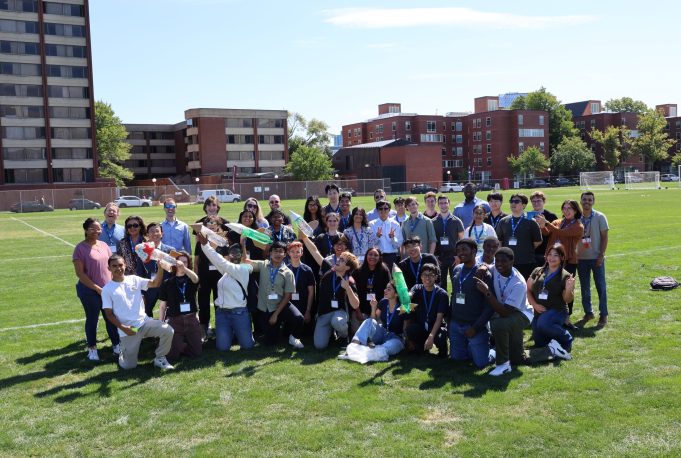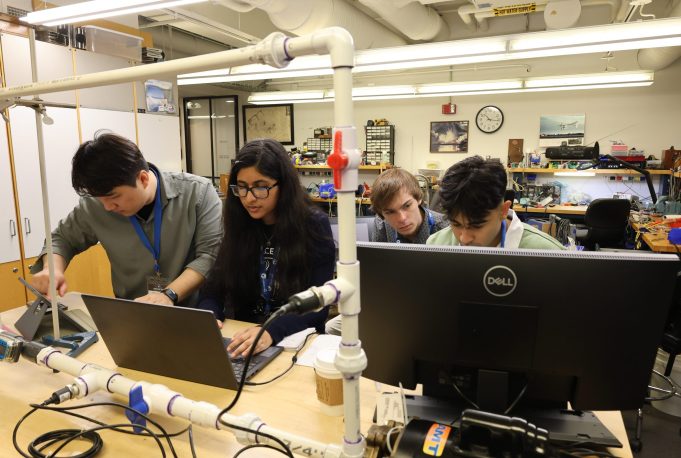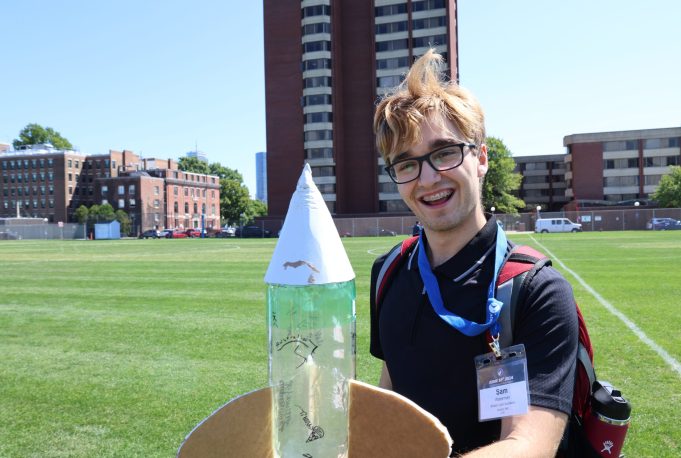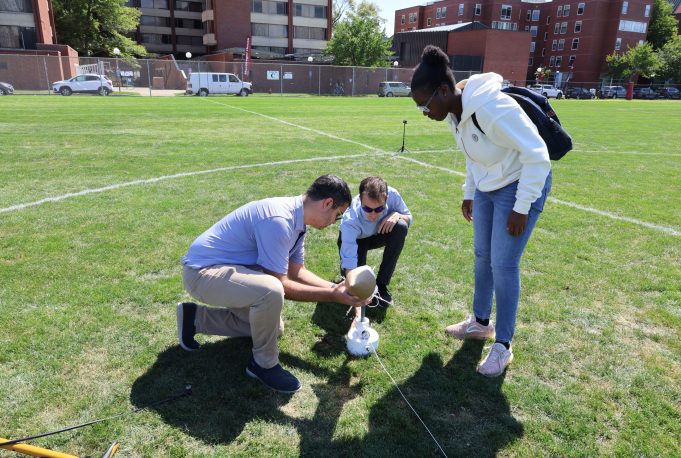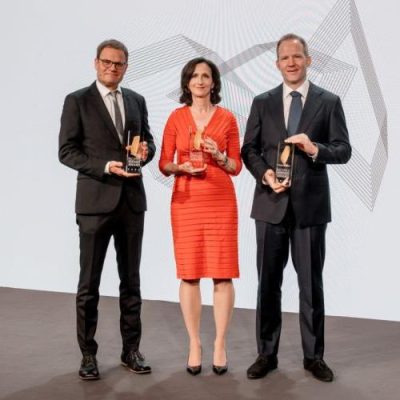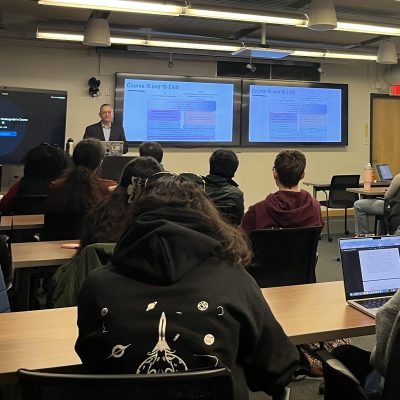Space Propulsion & Power Platform (SP^3) empowers the next generation of space leaders
AeroAstro hosted the inaugural Space Propulsion & Power Platform (SP^3) program at MIT this August, with 40 students from the United States, Asia, Europe, and Australia coming together to learn about the fundamentals of the space sector. Throughout the four-day program, experts shared their knowledge and experience in modern space technology, conducted hands-on workshops, and helped forge a new network of high school to graduate level students looking to shape the future of aerospace.
The Propulsion & Power Platform was created through a strategic planning effort led by Prof. Zoltan Spakovszky, former Chair of the American Society of Mechanical Engineers (ASME) Gas Turbine Technology Group, focused on identifying opportunities for ASME in space power on propulsion. SP^3 aims to bring together a wide range of people in a unique environment to meet the needs of the space industry.The platform focuses on community building, career planning, mentoring, technical knowledge exchange, and training in entrepreneurship and leadership.
Co-hosted by Profs. Zachary Cordero and Zoltán Spakovszky, the event was supported by Aerospace Corporation and the National Science Foundation. It also served as a springboard for a new full-semester lab in which Course 16 juniors and seniors will design, build, and test a turbopump for a rocket engine, gaining deep experience with turbomachinery, manufacturing, machine design, and technical communication.
The program comprised seven educational modules on modern space technology and trends; two industry presentations—from Blue Origin’s Thomas Abraham Chirathadam and Agile Space Industries’ Charlie Garcia ‘19—and a tour of MIT.
SP^3 also included split sessions tailored to high school students and undergrads/grad students. The high schoolers worked on wind tunnel and stability testing, while the higher ed students focused on hands-on rotordynamics and pump test rigs.
“A prime motivation for launching SP^3 is the urgent need for workforce development that we hear from our colleagues and friends in the launch industry,” says Cordero. “It was exciting to see how this event addressed this need by forging new bonds between the passionate student participants and the industry mentors. We are looking forward to seeing this network strengthen and grow through future SP^3 events! We are also excited to unleash these learning activities on our own Course 16 undergrads this Fall through the new lab course 16.S811!”
The week’s activities culminated in final presentations of a notional pump design and a water rocket launch competition on Briggs Field, where teams built and launched small water rockets reaching altitudes of 115 feet, allowing the students to demonstrate the skills they had learned in real time.
“The program provided true insight into the minds of young students, industry professionals, and university professors,” said Keun Ryu, SP^3 Executive Committee Chair and Vice Dean of the College of Engineering Sciences at Hanyang University, South Korea, one of the six universities participating in the program.
